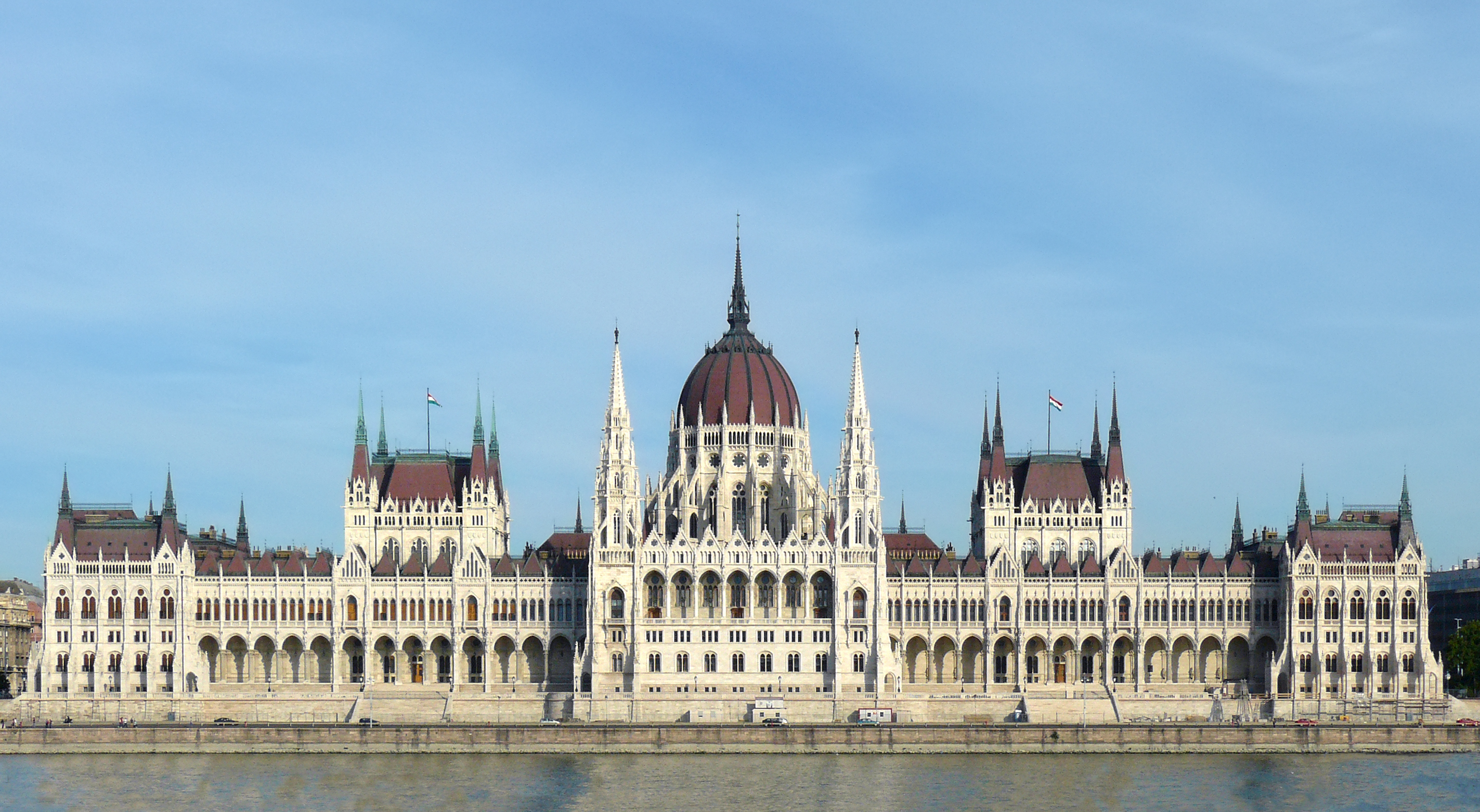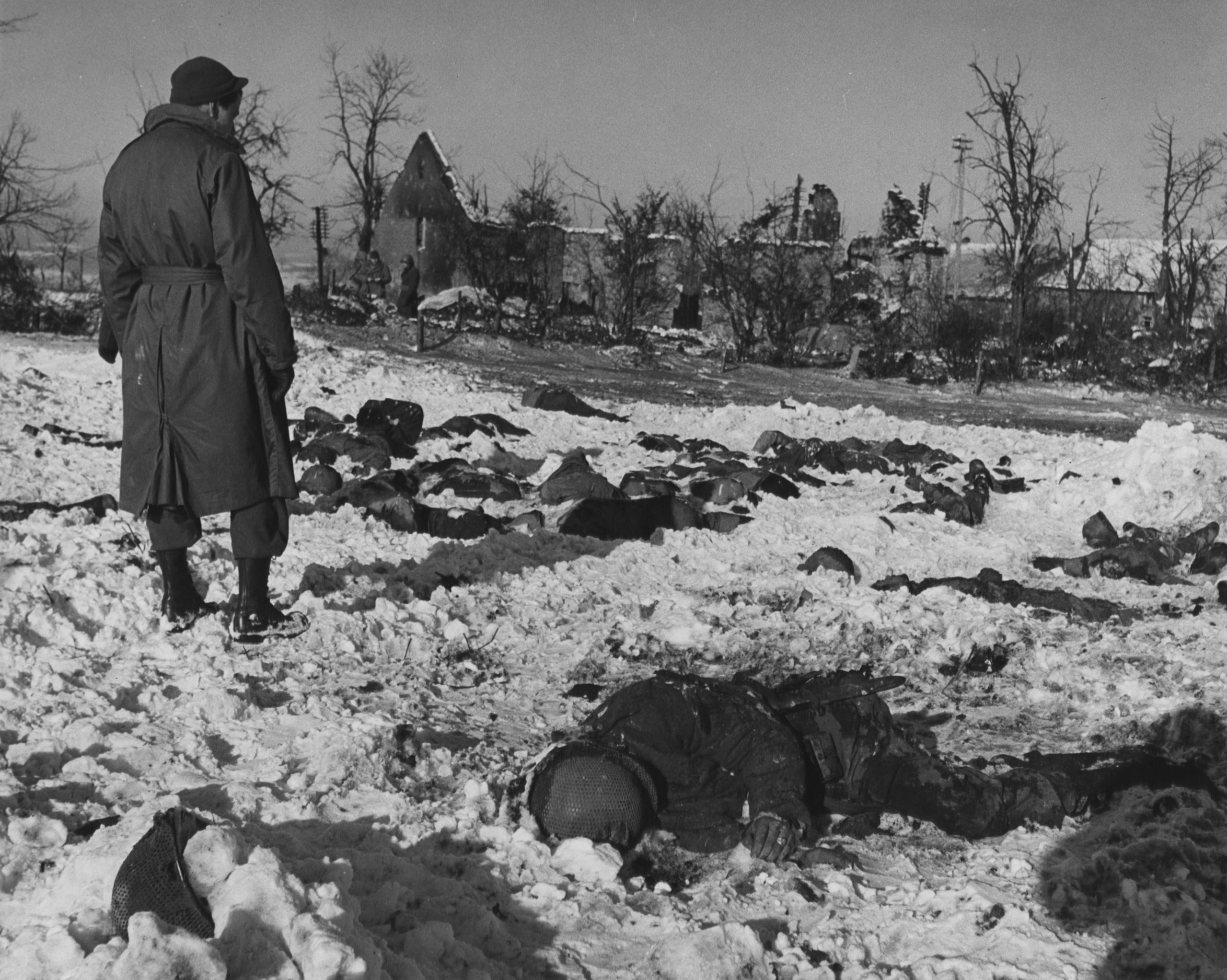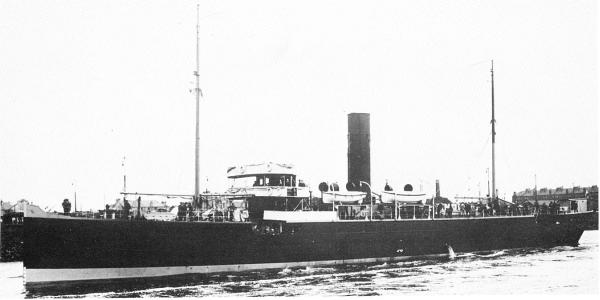|
Zdenko Hudeček
Zdenko Hudeček (22 June 1887 – 28 September 1974) was a Czech-Austrian officer in the Austro-Hungarian Navy. He was one of the most successful Austro-Hungarian submarine commanders of World War I, sinking 11 Allied merchant ships and two Allied warships displacing 44,743 GRT. After the war he joined and shortly served in the Czechoslovak Naval Forces. Early life Zdenko Hudeček was born in the fort town of Theresienstadt (Terezín), Bohemia, Austria-Hungary (present-day Czech Republic) to a family of an army clerk. His father died when Zdenko was five years old. He attended a German-language primary school and later the gymnasium in Znojmo, being finally accepted at the Naval Academy in Fiume (present-day Rijeka). Naval career Beginning in 1910 he served as a deputy officer on various Austro-Hungarian vessels: battleships and , the light cruiser , then the battleship , the torpedo destroyer ''Tb.12'' or the destroyer ''Alligator''. In 1913 he attended a submarine course at ... [...More Info...] [...Related Items...] OR: [Wikipedia] [Google] [Baidu] |
Terezín
Terezín (; ) is a town in Litoměřice District in the Ústí nad Labem Region of the Czech Republic. It has about 2,900 inhabitants. It is a former military fortress composed of the citadel and adjacent walled garrison town. The town centre is well preserved and is protected as an urban monument reservation. Terezín is most infamously the location of the Nazis' Theresienstadt Ghetto. Administrative division Terezín consists of four municipal parts (in brackets population according to the 2021 census): *Terezín (1,875) *České Kopisty (551) *Nové Kopisty (397) *Počaply (139) Etymology The fortress town was named after Empress Maria Theresa (). Geography Terezín is located about south of Litoměřice and southeast of Ústí nad Labem. It lies in a flat landscape of the Lower Ohře Table. It is situated on both banks of the Ohře River, near its confluence with the Elbe. The Elbe forms the northern municipal border. History On 10 January 1780, Habsburg Emperor ... [...More Info...] [...Related Items...] OR: [Wikipedia] [Google] [Baidu] |
Rijeka
Rijeka (; Fiume ([ˈfjuːme]) in Italian and in Fiuman dialect, Fiuman Venetian) is the principal seaport and the List of cities and towns in Croatia, third-largest city in Croatia. It is located in Primorje-Gorski Kotar County on Kvarner Bay, an inlet of the Adriatic Sea and in 2021 had a population of 107,964 inhabitants. Historically, because of its strategic position and Port of Rijeka, its excellent deep-water port, the city was fiercely contested, especially between the Holy Roman Empire, Venice, Italy and Yugoslavia, changing rulers and demographics many times over centuries. According to the Demographics of Croatia, 2011 census data, 85% of its citizens are Croats, along with small numbers of Serbs of Croatia, Serbs, Bosniaks of Croatia, Bosniaks and Italians of Croatia, Italians. Rijeka is the main city and county seat of the Primorje-Gorski Kotar County. The city's economy largely depends on shipbuilding (shipyards "3. Maj" and "Viktor Lenac Shipyard") and maritime ... [...More Info...] [...Related Items...] OR: [Wikipedia] [Google] [Baidu] |
Austro-Hungarian Navy Officers
Austria-Hungary, also referred to as the Austro-Hungarian Empire, the Dual Monarchy or the Habsburg Monarchy, was a multi-national constitutional monarchy in Central Europe between 1867 and 1918. A military and diplomatic alliance, it consisted of two sovereign states with a single monarch who was titled both the Emperor of Austria and the King of Hungary. Austria-Hungary constituted the last phase in the constitutional evolution of the Habsburg monarchy: it was formed with the Austro-Hungarian Compromise of 1867 in the aftermath of the Austro-Prussian War, following wars of independence by Hungary in opposition to Habsburg rule. It was dissolved shortly after Hungary terminated the union with Austria in 1918 at the end of World War 1. One of Europe's major powers, Austria-Hungary was geographically the second-largest country in Europe (after Russia) and the third-most populous (after Russia and the German Empire), while being among the 10 most populous countries worldwide. T ... [...More Info...] [...Related Items...] OR: [Wikipedia] [Google] [Baidu] |
Austro-Hungarian Military Personnel Of World War I
Austria-Hungary, also referred to as the Austro-Hungarian Empire, the Dual Monarchy or the Habsburg Monarchy, was a multi-national constitutional monarchy in Central Europe#Before World War I, Central Europe between 1867 and 1918. A military and diplomatic alliance, it consisted of two sovereign states with a single monarch who was titled both the Emperor of Austria and the King of Hungary. Austria-Hungary constituted the last phase in the constitutional evolution of the Habsburg monarchy: it was formed with the Austro-Hungarian Compromise of 1867 in the aftermath of the Austro-Prussian War, following wars of independence by Hungary in opposition to Habsburg rule. It was dissolved shortly after Dissolution of Austria-Hungary#Dissolution, Hungary terminated the union with Austria in 1918 at the end of World War 1. One of Europe's major powers, Austria-Hungary was geographically the second-largest country in Europe (after Russian Empire, Russia) and the third-most populous (afte ... [...More Info...] [...Related Items...] OR: [Wikipedia] [Google] [Baidu] |
1974 Deaths
Major events in 1974 include the aftermath of the 1973 oil crisis and the resignation of President of the United States, United States President Richard Nixon following the Watergate scandal. In the Middle East, the aftermath of the 1973 Yom Kippur War determined politics; following List of Prime Ministers of Israel, Israeli Prime Minister Golda Meir's resignation in response to high Israeli casualties, she was succeeded by Yitzhak Rabin. In Europe, the Turkish invasion of Cyprus, invasion and occupation of northern Cyprus by Turkey, Turkish troops initiated the Cyprus dispute, the Carnation Revolution took place in Portugal, the Greek junta's collapse paves the way for the establishment of a Metapolitefsi, parliamentary republic and Chancellor of Germany, Chancellor of West Germany Willy Brandt resigned following an Guillaume affair, espionage scandal surrounding his secretary Günter Guillaume. In sports, the year was primarily dominated by the 1974 FIFA World Cup, FIFA World ... [...More Info...] [...Related Items...] OR: [Wikipedia] [Google] [Baidu] |
1887 Births
Events January * January 11 – Louis Pasteur's anti- rabies treatment is defended in the Académie Nationale de Médecine, by Dr. Joseph Grancher. * January 20 ** The United States Senate allows the United States Navy to lease Pearl Harbor as a naval base. ** British emigrant ship '' Kapunda'' sinks after a collision off the coast of Brazil, killing 303 with only 16 survivors. * January 21 ** The Amateur Athletic Union (AAU) is formed in the United States. ** Brisbane receives a one-day rainfall of (a record for any Australian capital city). * January 24 – Battle of Dogali: Abyssinian troops defeat the Italians. * January 28 ** In a snowstorm at Fort Keogh, Montana, the largest snowflakes on record are reported. They are wide and thick. ** Construction work begins on the foundations of the Eiffel Tower in Paris, France. February * February 2 – The first Groundhog Day is observed in Punxsutawney, Pennsylvania. * February 4 – The Interstate Comme ... [...More Info...] [...Related Items...] OR: [Wikipedia] [Google] [Baidu] |
Czech Television
Czech Television ( ; abbreviation: ČT) is a public television broadcaster in the Czech Republic, broadcasting six channels. Established after breakup of Czechoslovakia in 1992, it is the successor to Czechoslovak Television founded in 1953. History 1953–1992: Czechoslovak Television Founded on 1 May 1953, Czechoslovak Television (ČST) was the state television broadcaster of Czechoslovakia used as a Propaganda, state propaganda medium of the then Socialism, socialist state. It was known by three names over its lifetime: , (until 1990), and (from 1990 until 1992). ČST originally consisted of a single channel and limited experimental broadcasting in 1953. Regular broadcasts began on 25 February 1954 and on 10 May 1970, a second channel was launched. The broadcast language of ČST was predominantly Czech in the first channel, Slovak for selected programming, and both for news. The second channel was split into two, broadcasting various "national" language programming in th ... [...More Info...] [...Related Items...] OR: [Wikipedia] [Google] [Baidu] |
War Criminal
A war crime is a violation of the laws of war that gives rise to individual criminal responsibility for actions by combatants in action, such as intentionally killing civilians or intentionally killing prisoners of war, torture, taking hostages, unnecessarily destroying civilian property, deception by perfidy, wartime sexual violence, pillaging, and for any individual that is part of the command structure who orders any attempt to committing mass killings (including genocide or ethnic cleansing), the granting of no quarter despite surrender, the conscription of children in the military, and flouting the legal Indiscriminate attack, distinctions of Proportionality (law), proportionality and military necessity. The formal concept of war crimes emerged from the codification of the customary international law that applied to warfare between sovereign states, such as the Lieber Code (1863) of the Union Army in the American Civil War and the Hague Conventions of 1899 and 1907 for int ... [...More Info...] [...Related Items...] OR: [Wikipedia] [Google] [Baidu] |
Kingdom Of Italy
The Kingdom of Italy (, ) was a unitary state that existed from 17 March 1861, when Victor Emmanuel II of Kingdom of Sardinia, Sardinia was proclamation of the Kingdom of Italy, proclaimed King of Italy, until 10 June 1946, when the monarchy was abolished, following civil discontent that led to an 1946 Italian institutional referendum, institutional referendum on 2 June 1946. This resulted in a modern Italian Republic. The kingdom was established through the unification of several states over a decades-long process, called the . That process was influenced by the House of Savoy, Savoy-led Kingdom of Sardinia (1720–1861), Kingdom of Sardinia, which was one of Italy's legal Succession of states, predecessor states. In 1866, Italy Third Italian War of Independence, declared war on Austrian Empire, Austria in Italo-Prussian Alliance, alliance with Kingdom of Prussia, Prussia and, upon its victory, received the region of Veneto. Italian troops Capture of Rome, entered Rome in 1870, ... [...More Info...] [...Related Items...] OR: [Wikipedia] [Google] [Baidu] |
First Czechoslovak Republic
The First Czechoslovak Republic, often colloquially referred to as the First Republic, was the first Czechoslovakia, Czechoslovak state that existed from 1918 to 1938, a union of ethnic Czechs and Slovaks. The country was commonly called Czechoslovakia a compound of ''Czech'' and ''Slovak''; which gradually became the most widely used name for its successor states. It was composed of former territories of Austria-Hungary, inheriting different systems of administration from the formerly Cisleithania, Austrian (Bohemia, Moravia, a small part of Silesia) and Kingdom of Hungary, Hungarian territories (mostly Upper Hungary and Carpathian Ruthenia). After 1933, Czechoslovakia remained the only ''de facto'' functioning democracy in Central Europe, organized as a parliamentary republic. Under pressure from Germans in Czechoslovakia, its Sudeten German minority, supported by neighbouring Nazi Germany, Czechoslovakia was forced to cede its Sudetenland region to Germany on 1 October 1938 as ... [...More Info...] [...Related Items...] OR: [Wikipedia] [Google] [Baidu] |
Q-ship
Q-ships, also known as Q-boats, decoy vessels, special service ships, or mystery ships, were heavily armed merchantman, armed merchant ships with concealed weaponry, designed to lure submarines into making surface attacks. This gave Q-ships the chance to open fire and sink them. They were used by the United Kingdom, British Royal Navy and the German Imperial German Navy, ''Kaiserliche Marine'' during the World War I, First World War and by the Royal Navy, the ''Kriegsmarine'', the Imperial Japanese Navy, and the United States Navy during the World War II, Second World War. Though legally recognised as an acceptable tactic of military deception, they have attracted much controversy, enjoying only marginal success during WWI and none in WWII. Etymology Short for Cobh, Queenstown in Ireland, as Haulbowline Dockyard in Cork Harbour was responsible for the conversion of many mercantile steamers to armed decoy ships in World War One, although the majority appear to have been converted ... [...More Info...] [...Related Items...] OR: [Wikipedia] [Google] [Baidu] |
Steamship
A steamship, often referred to as a steamer, is a type of steam-powered vessel, typically ocean-faring and seaworthy, that is propelled by one or more steam engines that typically move (turn) propellers or paddlewheels. The first steamships came into practical usage during the early 19th century; however, there were exceptions that came before. Steamships usually use the prefix designations of "PS" for ''paddle steamer'' or "SS" for ''screw steamer'' (using a propeller or screw). As paddle steamers became less common, "SS" is incorrectly assumed by many to stand for "steamship". Ships powered by internal combustion engines use a prefix such as "MV" for ''motor vessel'', so it is not correct to use "SS" for most modern vessels. As steamships were less dependent on wind patterns, new trade routes opened up. The steamship has been described as a "major driver of the first wave of trade globalization (1870–1913)" and contributor to "an increase in international trade that was ... [...More Info...] [...Related Items...] OR: [Wikipedia] [Google] [Baidu] |








